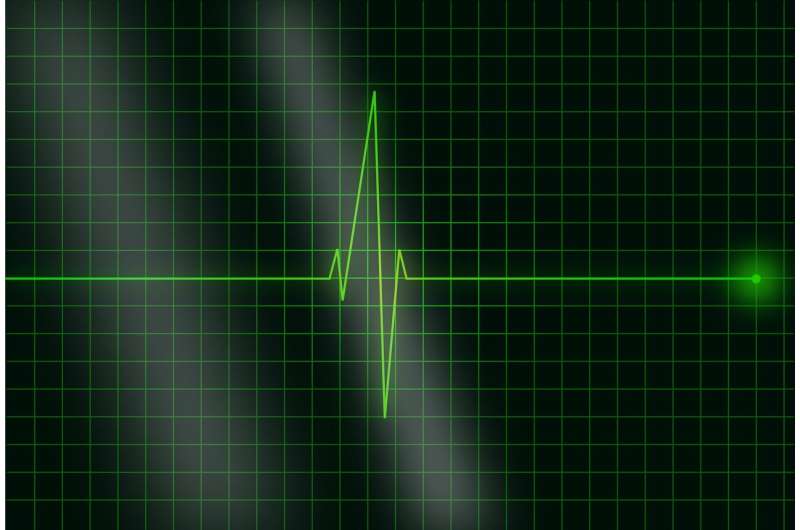Health and the city: Using urban design to promote heart health

Cities harbour a dangerous cocktail of environmental stressors which politicians must tackle to save lives and preserve health. That's the conclusion of a paper published today in European Heart Journal, a journal of the European Society of Cardiology (ESC).
"By 2050, three in four people will live in cities, where up to 80% of energy is consumed and 70% of greenhouse gases are emitted," said study author Professor Thomas Münzel of the University Medical Centre Mainz, Germany. "There are limited actions that individuals can take to protect themselves from pollutants so politicians and policy makers need to take on this responsibility."
Cardiovascular diseases are the leading cause of mortality in Europe, accounting for 47% and 39% of all deaths in women and men, respectively. The World Health Organization (WHO) regional office for Europe has advocated urban planning which supports cycling and walking and improves air quality. The proposal, supported by the ESC, is a step towards meeting the WHO's target of a 25% relative reduction in premature mortality from cardiovascular disease by 2025 (compared to 2010).
"While cities have been an engine of innovation and wealth, they are also a source of pollution and disease," states today's paper. It sums up the evidence for the connections between bad air, noise, temperature, outdoor light and cardiovascular disease.
Air pollution is responsible for around 800,000 fatal illnesses per year in Europe, of which around half are heart attacks and strokes. Transport emissions are the largest contributor to air pollution in cities around the world. Similarly, the dominant source of noise is road traffic, which increases the risk for ischaemic heart disease. It has been estimated that long-term exposure to transportation noise is responsible for 48,000 new cases of ischaemic heart disease each year in the EU.
Nocturnal light pollution has been linked with hospitalisation and death from coronary heart disease. Meanwhile, concrete urban areas absorb and re-emit the sun's heat, leading to rising temperatures. These heat island effects have been connected with deaths during heatwaves, which can be mitigated with vegetation.
Environmental stressors cluster together and actions are needed which combat them all. "Transitioning to cities that promote local living and active and sustainable mobility is increasingly recognised as providing co-benefits for health and the environment by creating more sustainable and liveable cities," states the paper.
City planning is now recognised as one way to tackle adverse health outcomes. Designs include car-free areas and compact cities which shorten travel distances. Limiting car use while increasing public and active transportation (walking and cycling) would promote heart health by reducing air pollution, noise, and heat island effects and increasing physical activity.
The authors call for "a radical rethink about how we organise the way we live in the future in order to protect human and planetary health".
Professor Münzel said: "Individuals can avoid polluted areas and wear ear plugs but real change requires commitment from politicians. It is expected that metropolitan areas will house an ever-greater share of the world's population in years to come. Now is the time to design cities which promote rather than damage health."
More information: Thomas Münzel et al, Heart healthy cities: genetics loads the gun but the environment pulls the trigger, European Heart Journal (2021). DOI: 10.1093/eurheartj/ehab235




















